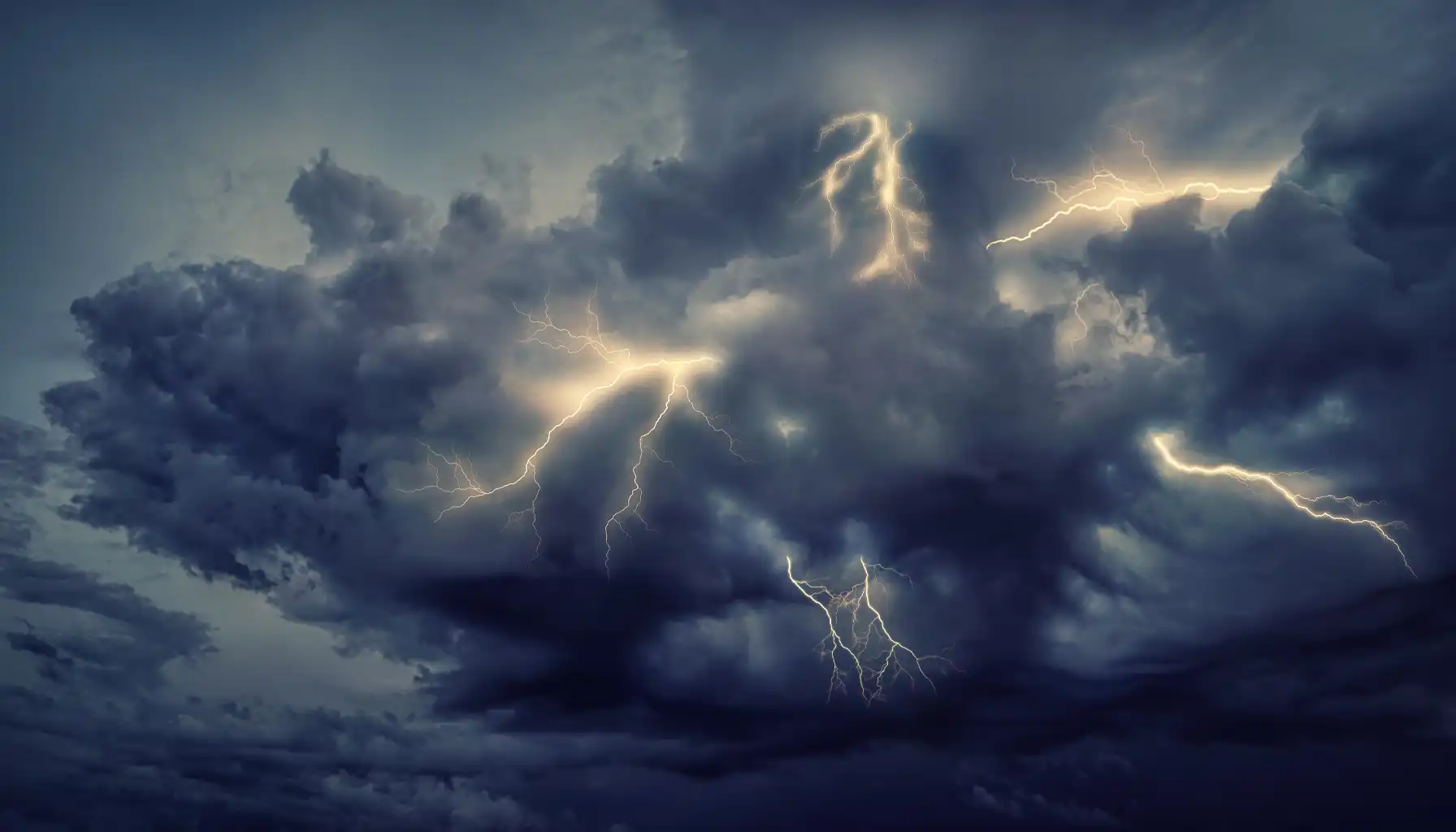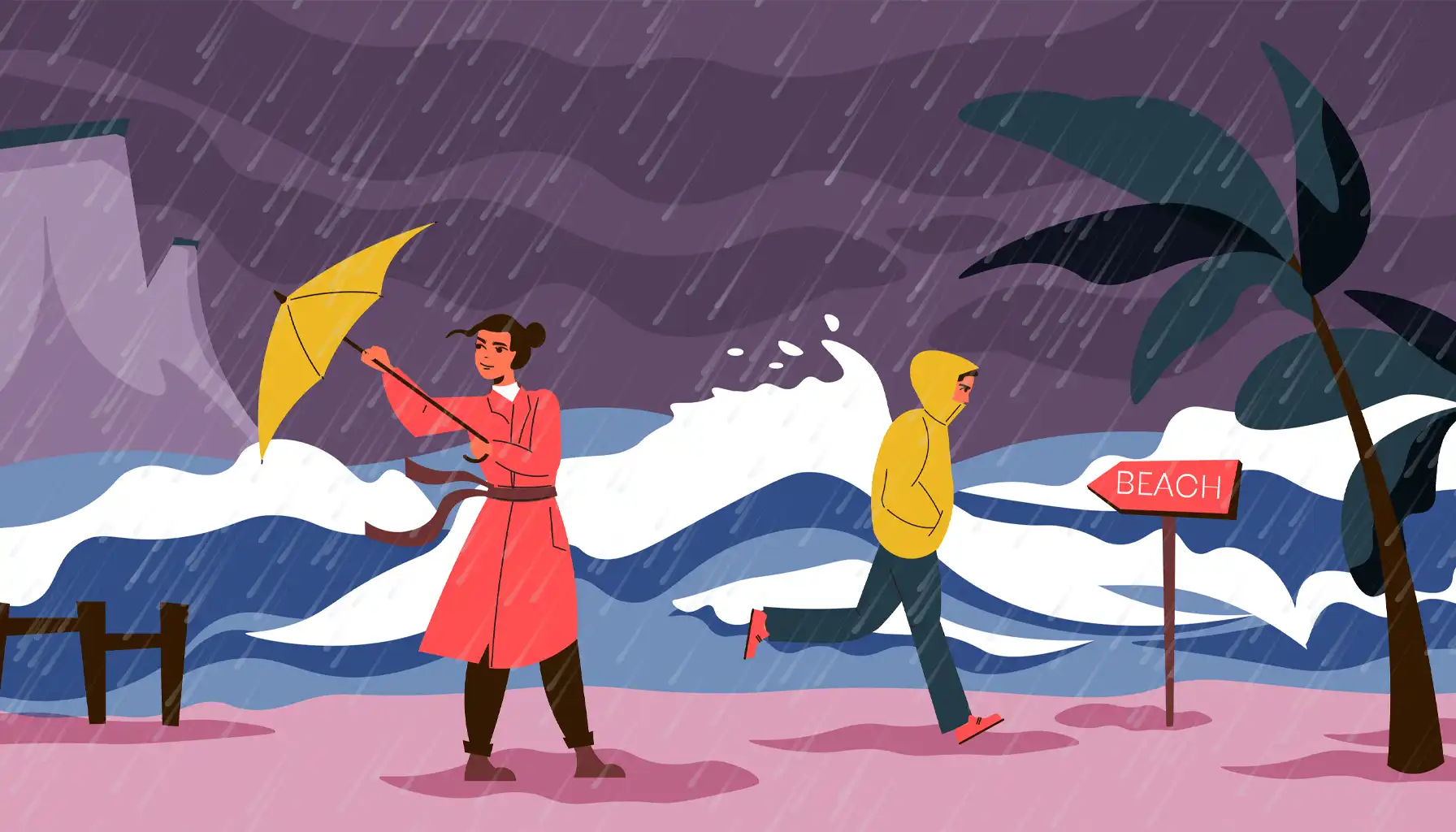Anemophobia (Fear of Air): Signs, Triggers, and How to Treat

Contents:
“A stone resists the wind, no matter how small it is”. But people do not, for our minds and bodies can react with fear and panic to forces that cannot be controlled on their own. Stress, obsession, terror, dread – these are only a few of the emotions brought by the powers of nature since the earliest days of humankind.
Wind, a simple flow of air, could be enough to leave someone locked, isolated, and overwhelmed, and this is the reality of anemophobia. Nonetheless, many diminish the influence of the condition, mistaking it for mere sensitivity to weather, when in truth it is a complex phobia that can disrupt daily life. So, what is the fear of air phobia? How can it be manifested, and which brain exercises can help overcome it for good?

What Is Anemophobia?
According to a vast clinical research, anemophobia definition reveals that it is a specific phobia defined by an intense and irrational fear of wind, air drafts, or breezes, i.e., any flow of air that breaks the sense of calm. While many people generally find windy weather inconvenient and even disturbing, those who suffer from anemophobia find it even more life-threatening than it can actually be (if not a disaster, for sure).
The most important thing about this struggle is the fact that phobias (e.g., claustrophobia or dysmorphophobia) do affect the casual course of living, limiting activities and causing real emotional distress. Although it is a rare condition, some may overlook the emergence of such a mental deviation and blame any other cause, e.g., simple nervousness, discomfort with the weather, or other unrelated anxieties as a whole. Nonetheless, the issue is a bit more complex than it may seem.
Anemophobia Symptoms & Signs
Anemophobia affects people differently, and thus may depend on factors like past traumatic experiences, genetic predisposition, environmental influences, and personal traits that cannot be altered either way. Hence, the means of manifestation should also differ, with the extremes falling between mild anxiety and full-blown panic attacks.
Category | Common Symptoms | Examples |
Psychological | Anxiety, obsessive thoughts, constant anticipation of danger | Fear triggered by gentle breezes; imagining=anticipating harm from storms |
Physical | Rapid heartbeat, shortness of breath, sweating, trembling, nausea | Panic attacks in severe cases; tension in the chest and muscles |
Emotional | Intense fear, terror, helplessness, irritability | Emotional distress disproportionate to actual threat; mood swings during windy conditions |
Behavioral | Avoidance of outdoor spaces, refusal to open windows, altering routines | Planning activities around wind patterns; avoiding beaches, parks, or windy streets |
Causes & Triggers
Is there a fear of air? Yes, indeed, yet its power and motives remain obscure because of stereotypes and agendas promoted by the media. Though the roots of the phobia may be difficult to trace, its effects and overall shapes are often clear, which makes it possible to draft the main patterns of its development and triggers that sustain the fear. So, let us check the anemophobia meaning in terms of its causes and the psychological mechanisms that reinforce it after all.
Traumatic experiences, such as being caught in a violent storm, witnessing damage caused by strong winds, or associating windy conditions with danger.
Learned behavior, i.e., observing a parent, sibling, or role model reacting fearfully to wind to promote a similar response.
Genetic predisposition, i.e., patients with a family history of anxiety disorders or phobias are reported to be more vulnerable than the rest.
Environmental associations, i.e., linking wind with unpleasant or threatening events, such as rattling windows, howling sounds, crashing ocean waves, and other monumental disasters that can cause pain (and untimely passing, too).
Imagination and anticipation, i.e., even without direct trauma, people who vividly picture the destructive force of tornadoes, hurricanes, or powerful drafts can fall into the trap of fear and its repetitive cycle of anxiety.
Coexisting mental health conditions, since those prone to panic attacks or obsessive thoughts may develop wind-specific anxieties as some sort of a coping mechanism.

Diagnosis Within the Clinical Settings
First things first, it is vital to determine what causes the phobia, how strong its influence is, and where to seek guidance when the world seems threatening to you. The wisest choice is to consult healthcare specialists who are trained to address the problem with little to no risk at all.
When in clinical practice, the process typically begins with a detailed psychological assessment, during which a clinician explores the patient’s medical history, personal experiences, and the specific situations that trigger anxiety. There exist different types of categorizations and medical approaches (e.g., DSM-5), all of which agree that for a fear to be diagnosed as a phobia, it must be:
Persistent and excessive, disproportionate to the actual threat posed by wind or drafts.
Triggering immediate anxiety, often escalating to panic attacks in certain situations.
Consistently avoided, with one altering routine to prevent exposure.
Disruptive to daily life, affecting work, social activities, or personal freedom.
In some cases, though, healthcare specialists should conduct structured interviews, self-report questionnaires, or anxiety rating scales so as to measure the severity of the symptoms and the forms of their manifestations.

By the way, do not confuse anemophobia with other mental impairments! Although certain symptoms may be shared with other phobias (e.g., genetic anxiety disorder, obsessive-compulsive disorder, PTSD), it is urgent to differentiate them and establish a precise diagnosis. Otherwise, treatment can be worthless in the end.
Anemophobia Treatment Options to Try
Any phobia can be treated: the only thing that varies is how long it is to take and which strategies are the most suitable in this particular case. Overall, the scope of interventions is rather similar, for it encompasses therapy, practical exercises, self-help strategies, and gradual exposure to their fear. Let us see.
How to Treat Anemophobia?
Treatment Option | Description | Benefits |
Helps one identify and challenge irrational thoughts about wind. | Reframing catastrophic thinking; developing healthier coping beliefs. | |
Exposure Therapy | Gradual and controlled exposure to wind-related stimuli. | Starting with visualizing a breeze, then opening a window, eventually walking outside on a windy day. |
Cognitive Training | Mental exercises provided by tools like Mind Elevate to strengthen focus, boost attention, and promote emotional sobriety. | Attention-shifting tasks, mindfulness meditations, brain-training games, memory drills, used to reduce obsessive thinking about danger. |
Medication (severe cases) | Prescribed short-term for intense anxiety or panic attacks (cannot be done outside the clinical setting) | Anti-anxiety drugs (e.g., benzodiazepines), antidepressants (SSRIs). |
Self-Help Strategies | Lifestyle methods to lower overall stress and fear response. | Breathing techniques, meditation, yoga, journaling. |
Living with anemophobia can be overwhelming, but you are not alone. Be a responsible person – seek help and never lose your power, even in the face of the wind.





